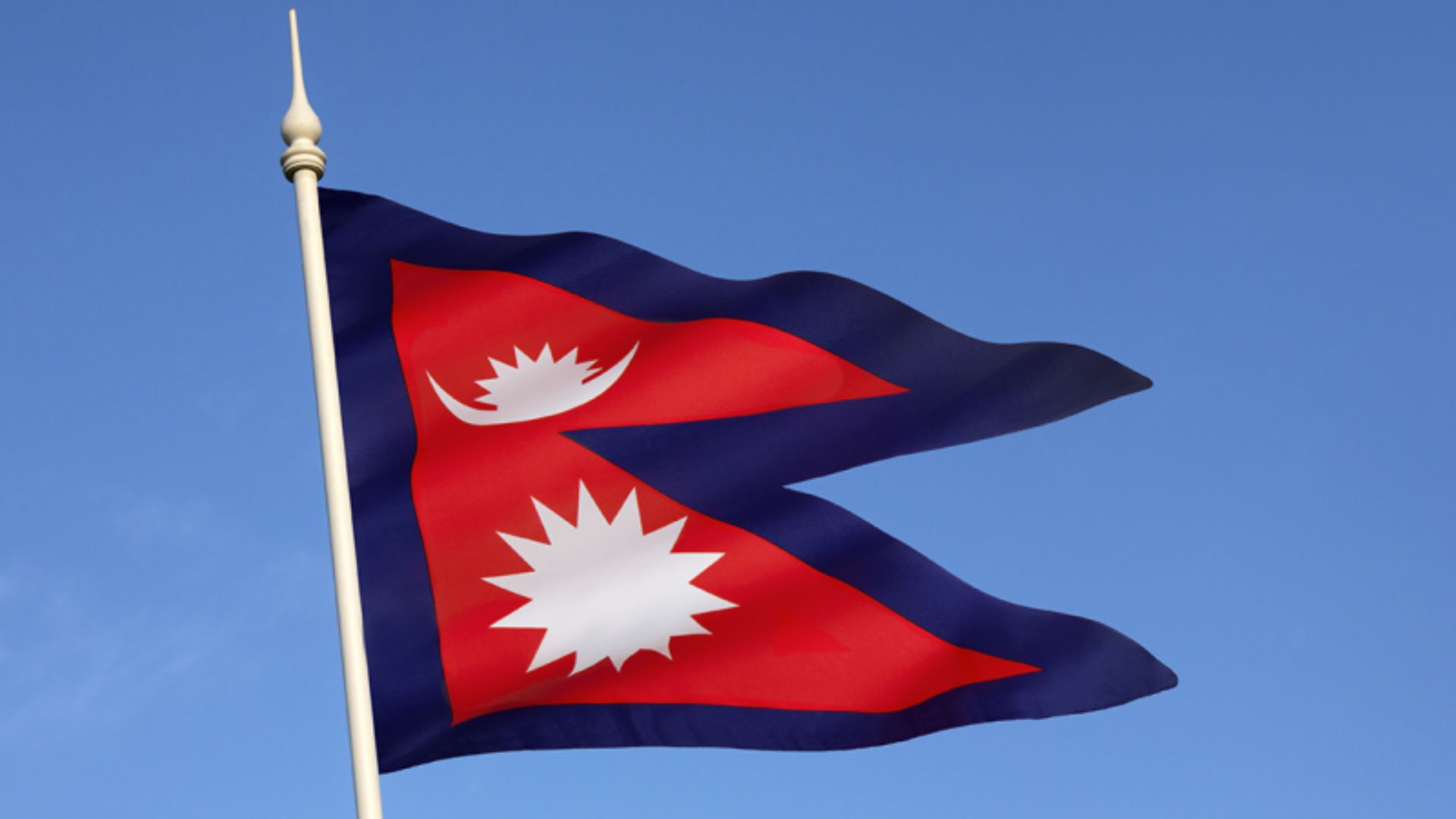Nepal’s announcement of its decision to include disputed territories on its new ₹100 currency note has sparked a diplomatic response from India. The move by Nepal to incorporate areas such as Lipulekh, Limpiyadhura, and Kalapani into the currency design has reignited tensions over territorial claims between the two neighbouring countries.
Government spokesperson Rekha Sharma revealed that the decision to print the new map was made during a cabinet meeting chaired by Prime Minister Pushpakamal Dahal ‘Prachanda’. The move signifies Nepal’s stance on the disputed regions and comes despite previous objections from India regarding Nepal’s “unilateral” actions.
India’s Foreign Minister, S Jaishankar, expressed disagreement with Nepal’s decision, emphasizing India’s clear position on the matter. Jaishankar highlighted ongoing discussions between the two countries regarding boundary issues through established channels. He underscored that Nepal’s unilateral actions would not alter the existing situation or reality on the ground.
ALSO READ: S Jaishankar Asserts India’s Firm Stand on Border Issues Amidst Tensions with China
This development follows Nepal’s revision of its political map in June 2020, which formally incorporated Lipulekh, Kalapani, and Limpiyadhura. India reacted strongly to this revision, denouncing it as a “unilateral act” and rejecting Nepal’s territorial claims as “artificial enlargement”.
The inclusion of these territories on the currency note underscores the enduring complexities surrounding border disputes in the region. India asserts ownership over Lipulekh, Kalapani, and Limpiyadhura, adding layers of diplomatic tension to the situation.
Meanwhile, Nepal faces additional challenges, including a significant wildfire on the outskirts of the capital city, Kathmandu. This wildfire comes amidst an intense fire season attributed to climate change, leading to drier winters and exacerbating the frequency and severity of wildfires in the region.
Authorities in Nepal have documented over 4,500 wildfires this year, signalling a concerning escalation compared to previous years. While efforts to combat wildfires continue, the situation underscores the broader environmental challenges facing the Himalayan nation and the imperative for international cooperation in addressing climate-related crises.























